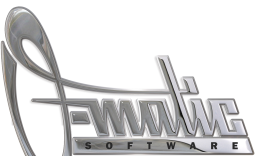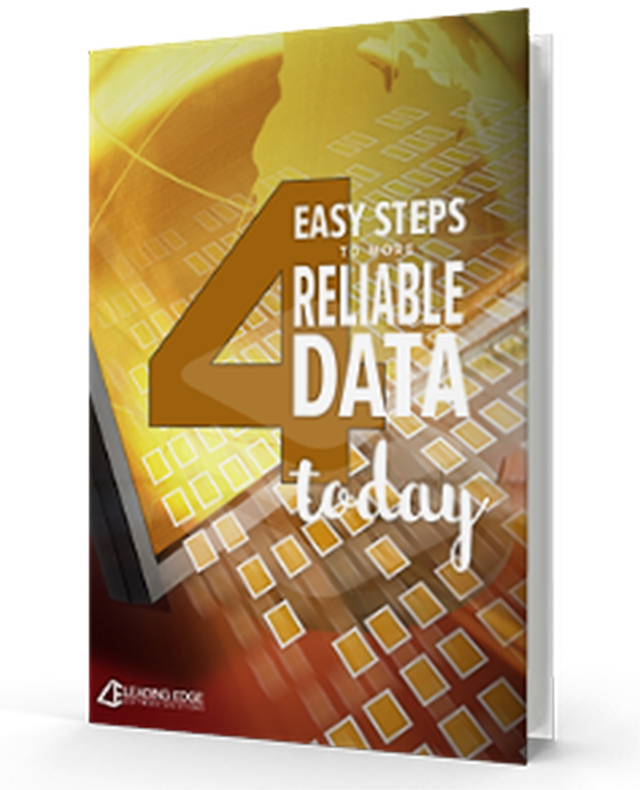
ABCs of the Raiser’s Edge: Q is for…..wait for it……wait for it……
……you thought I was going to say (more…)
The Role of an Executive Director in the Development Database-Part 2:“I’m not a computer person; I let my staff handle that.”
In an earlier post, I introduced this seriesof posts about the role an Executive Director might play in the development database. As a Raiser’s Edge consultant and trainer, it’s a question I ‘m asked often. I addressed the first-and most dangerous response in Part 1 (Excel is NOT a database!) of this series. Here’s the second:
-
“I’m not a computer person; I let my staff handle that.”
You don’t have to be a geek
As an Executive Director, your primary role is as a consumer of the information (i.e. data) that comes out of the database. While no one would reasonably expect that you should be a pro at entering gifts or generating acknowledgements, you certainly have a responsibility to assure that these things are happening in a timely and consistent manner. In your role as director and a  development professional, you have every right to expect that the database can accurately tell you, for example:
development professional, you have every right to expect that the database can accurately tell you, for example:
- How much of the Capital campaign goal has been met?
- How many people received our last direct mail appeal?
- Of those, how many gave? How much did they give? What was the average gift?
- How many alums who gave last year haven’t given yet this year?
- How many memberships do we have as compared to this time last year?
- Who has your development staff seen in the last 30 days?
Should you be expected to know how to make the database provide those answers? Not necessarily, and probably not. Your role is to pose the questions to your staff that you expect the database to answer. As a consumer of the information, it is your role to direct the database (you’re the Executive Director; get it?), not create it.
All of that having been said, you must be a consumer; you have a responsibility to consumethe data! That means actually logging into the database, looking at some giving reports, checking on your staff’s development actvities, or spot checking to verify that information you know should be in the system is actually there, for example, a new multi-year pledge by a major donor that you secured last week. You can’t just assume that the information is being entered correctly, consistently, and in a timely manner. That assumption can set you up for some big, painful surprises when the auditors show up, or when it’s time for that year-end holiday appeal.
Most database products provide relatively easy to run standard reports that can help you keep a bird’s eye view on the database. Some of the more sophisticated ones even offer automatically refreshing Dashboards that you can set-up once and then view periodically with up to the minute information. In either case, you don’t have to be a “computer person” to fill your role in determining the direction your database should go and to assure that it’s on the right track. Can you imagine an Executive Chef who doesn’t periodically taste test the food coming out of the kitchen?
Raiser’s Edge Table-O-Matic plug-in from Omatic Software
 Check out this handy dandy Raiser’s Edge plug-in from the folks over at Omatic Software! It’s a wonderful tool for cleaning-up those pesky table entries in the Raiser’s Edge. Another great Raiser’s Edge enhancement from some great folks!
Check out this handy dandy Raiser’s Edge plug-in from the folks over at Omatic Software! It’s a wonderful tool for cleaning-up those pesky table entries in the Raiser’s Edge. Another great Raiser’s Edge enhancement from some great folks!


